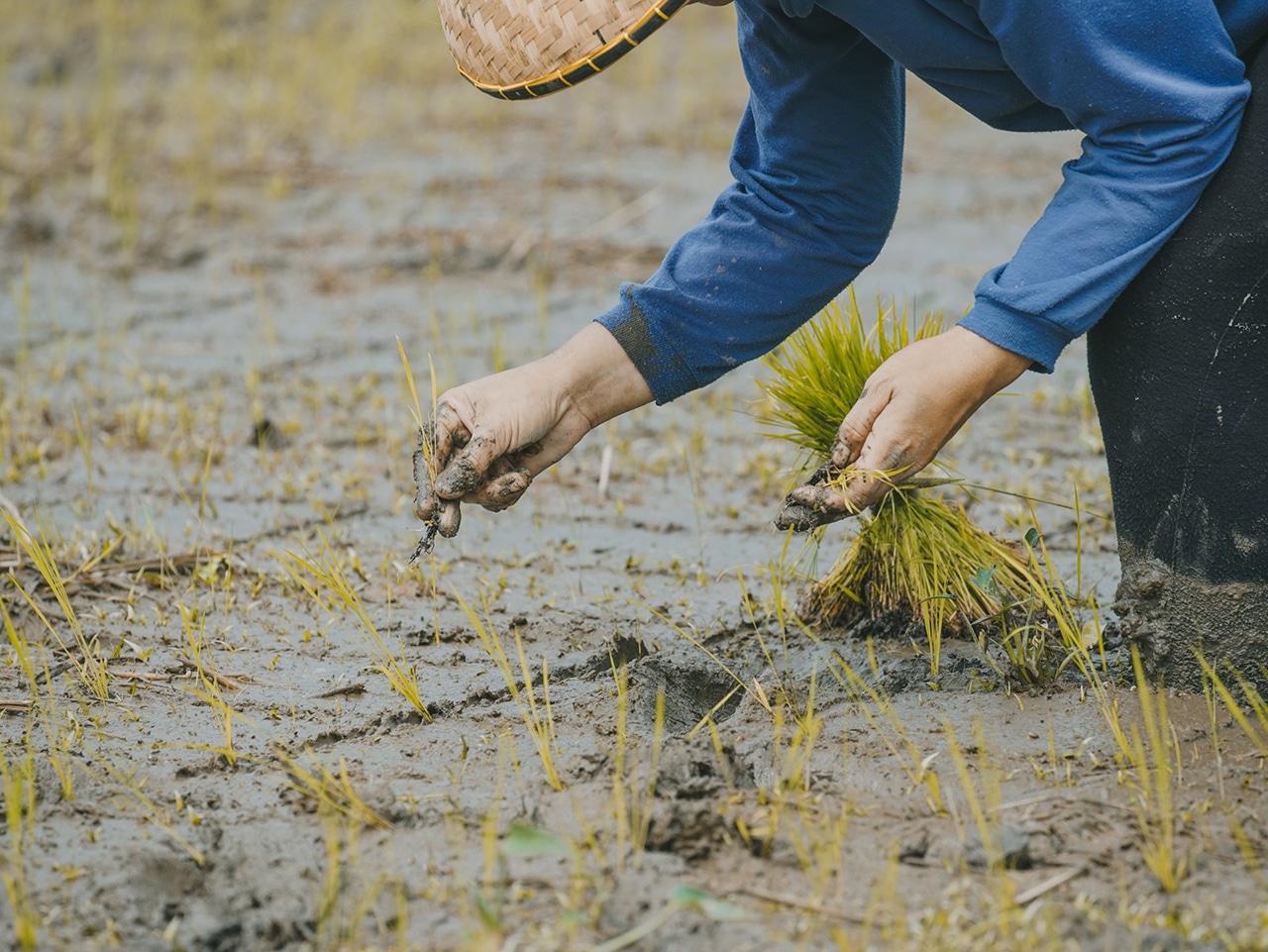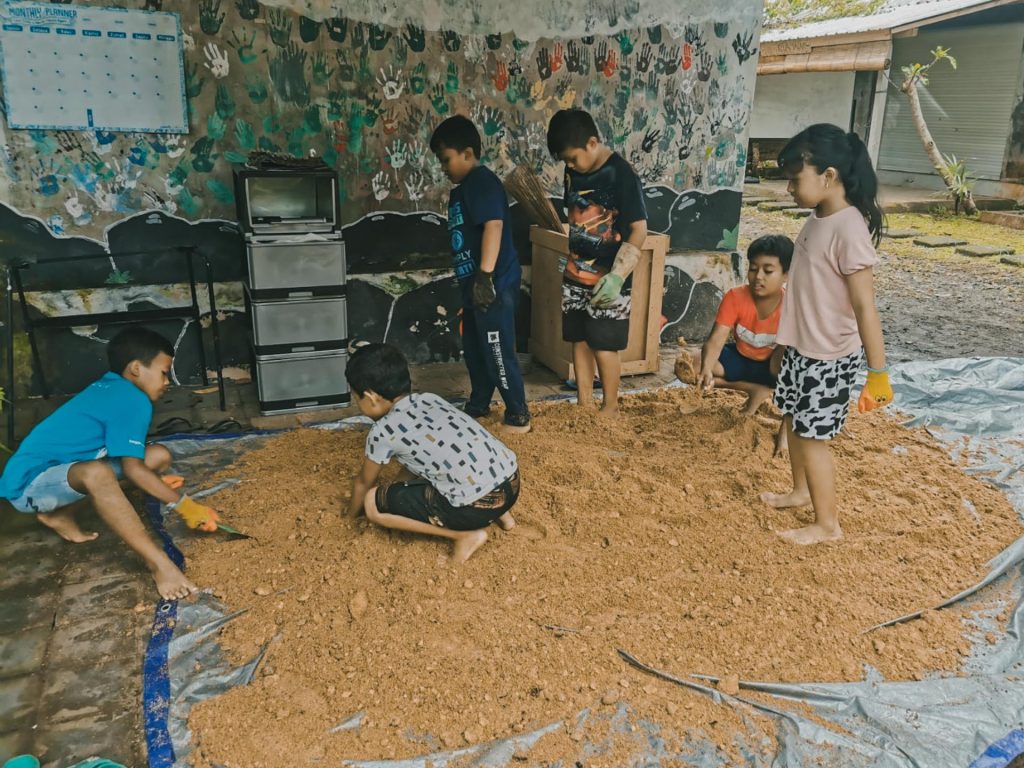
A circular economy is impossible without a circular waste management system, where we close the loop of linear economy that uses materials and then releases dangerous waste into the environment. We must reuse and recycle as much waste as we can so that it can re-enter the economic ecosystem rather than sitting in a landfill or littering the environment. Thus, managing waste correctly is crucial in reducing pollution and providing a healthy environment. Methods to manage and dispose of waste should be prudently organised so that these will not increase the destruction of mother nature.
The Cause of Unproductive Bag-Logs
In June, 6 Begawan students established Pondok Jamur Begawan, a small business that cultivates, takes care of, and sells Oyster mushrooms to local buyers. Since then, they have harvested around 30 kg of mushrooms from 150 bag-logs (the planting media). These bag-logs are safely stored in a mushroom farming house next to the Begawan Learning Centre.
In November, the 150 bag-logs were no longer productive, after their expected life of 4 to 5 months. The Pondok Jamur Begawan members began to think what to do with the bag-log waste, as this unmanaged waste can pollute the environment and become the source of contaminants that cause the failure of future mushroom cultivation.

Being familiar with the idea of not littering carelessly and being friendly to the environment, they researched information on the internet on how to use their waste, and read a research article that discusses materials, tools, and methods. They discussed and followed this research article.
Students Actively Convert Unproductive Bag-Log Waste into Healthy Compost
To begin with, the students separated the bag-log from the plastic and refined the contents into smaller particles. Then, they weighed it and found out that the total bag-log waste weight was 50 kg. Next, they prepared the necessary materials and adjusted the proportion of each material according to the bag-log waste weight. The materials include 20 kg of cow manure, 70 ml of EM4 (dissolved in 2 litres of water), 2 kg of rice bran, 50 grams of palm sugar (dissolved in 2 litres of water), and water. They mixed all the materials and covered this with tarpaulin.

The process of composting is planned to take approximately 4 weeks. Every week since the materials were mixed, the students check the temperature of the compost, add water to the compost, and tilt the compost. These actions monitor the life of microorganisms in the compost, replace the evaporated water, and accelerate the spread of the microorganisms throughout the compost. In addition, they also observe the change of colour, temperature, and texture of the compost. An update on the final product will be forthcoming. (Irham)



